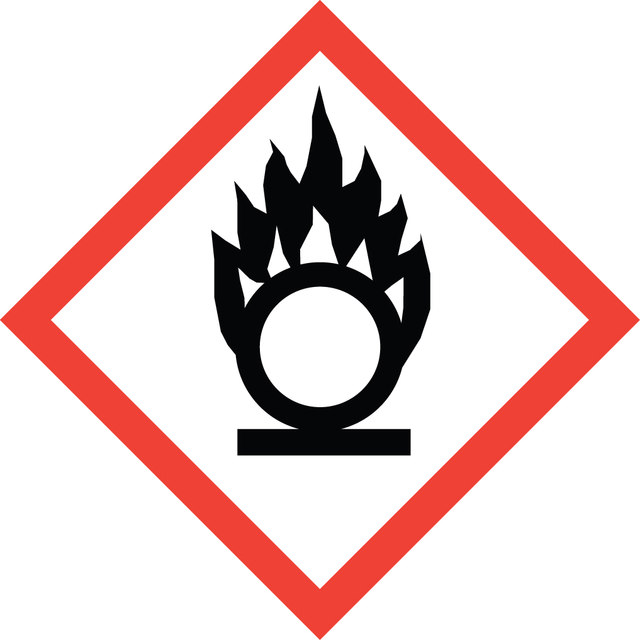form
powder
Quality Level
technique(s)
cell culture | plant: suitable
application(s)
agriculture
storage temp.
2-8°C
Looking for similar products? Visit Product Comparison Guide
General description
Application
Preparation Note
Media Formulation
Signal Word
Warning
Hazard Statements
Precautionary Statements
Hazard Classifications
Eye Irrit. 2 - Ox. Sol. 3
Storage Class Code
5.1B - Oxidizing hazardous materials
WGK
WGK 2
Flash Point(F)
Not applicable
Flash Point(C)
Not applicable
Regulatory Information
Choose from one of the most recent versions:
Already Own This Product?
Find documentation for the products that you have recently purchased in the Document Library.
Which document(s) contains shelf-life or expiration date information for a given product?
If available for a given product, the recommended re-test date or the expiration date can be found on the Certificate of Analysis.
How do I get lot-specific information or a Certificate of Analysis?
The lot specific COA document can be found by entering the lot number above under the "Documents" section.
What is the formulation of Product M5519, Murashige and Skoog (MS) Basal Medium?
It is media containing the macro- and micronutrients, and vitamins.
What is the difference between Product M5519, Murashige and Skoog (MS) Basal Medium and M5524, Murashige and Skoog Basal Salt Mixture?
Product M5519 is the complete medium whereas M5524 is just the basal salt medium.
Product M5519, Murashige and Skoog Basal Medium, is on back order. Can you suggest an alternate?
When M5519 is on backorder, you can purchase Murashige and Skoog Basal Salt Mixture (Product No. M5524) and Murashige and Skoog Vitamin Powder (Product No. M7150). You will use 4.3 g/L of M5524 (rather than 4.4 g/L of M5519) and 1 mL/L of M7150. When combined, the salt and organic content is the same as Product No. M5519.
How much agar is there in Product M5519, Murashige and Skoog Basal Medium?
This product does not contain any agar.
Product M5519, Murashige and Skoog Basal Medium, has precipitates; will that affect the growth?
Precipitates are known to occur, with time, in plant tissue culture media. The precipitates have been analyzed. They are composed of small pale yellow-white particles. Analysis of precipitates indicated a predominance of iron, phosphate, and zinc. The probable cause of the precipitates is the inevitable oxidation of ferrous ions to ferric ions and the presence of unchelated ferric ions. When the solubility of ferric phosphate is exceeded precipitation occurs. There are no reports of detrimental effects on growth and development in plant tissue culture due to the precipitates.
Can I autoclave Product M5519, Murashige and Skoog Basal Medium?
We would not suggest autoclaving the media, because a precipitate may form. It is advisable to add pre-autoclaved water as it contains less oxygen; this reduces the likelihood of oxidation of ferrous to ferric ions.
How do I find price and availability?
There are several ways to find pricing and availability for our products. Once you log onto our website, you will find the price and availability displayed on the product detail page. You can contact any of our Customer Sales and Service offices to receive a quote. USA customers: 1-800-325-3010 or view local office numbers.
What is the Department of Transportation shipping information for this product?
Transportation information can be found in Section 14 of the product's (M)SDS.To access the shipping information for this material, use the link on the product detail page for the product.
My question is not addressed here, how can I contact Technical Service for assistance?
Ask a Scientist here.
Related Content
Instructions
Our team of scientists has experience in all areas of research including Life Science, Material Science, Chemical Synthesis, Chromatography, Analytical and many others.
Contact Technical Service
